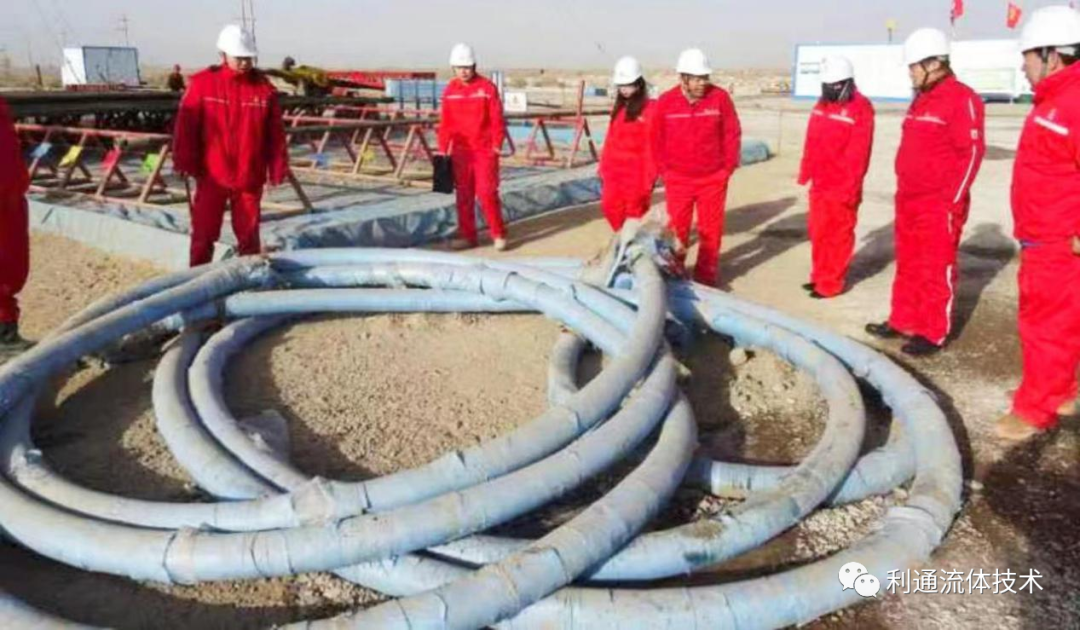How to Extend the Lifespan of Cement Hose
2023-07-05 11:10:44
Cement hose is heavy, and when placed on the end of a boom, it can whip like a sword. It’s a deadly hazard, and the best way to avoid it is through training, good communication with the operator and a simple set of easy-to-understand hand signals.
Used for pumping plaster and wet cement to construction placement jobs at rated pressures. Features a static conducting natural rubber lining in 1/8-inch, 3/16-inch or 1/4-inch thick options.
Choosing the Right Hose
A hose can be an invaluable tool in a concrete pumping operation. But like any tool, it must be properly used to ensure its safety and effectiveness.
The first step in ensuring the hose is properly used is choosing the right type for the job. A hose must be selected based on its working pressure rating—the maximum amount of pressure it can support safely.
The lining material is also important, as some materials are better for specific applications. For instance, a hose used for conveying cement slurries should have a highly abrasion resistant rubber lining. For steam, a hose constructed with a stainless steel wire braided reinforcement layer and a nonmetallic core will offer outstanding temperature resistance and strength.
Frequent Inspection
It's important to check hydraulic hoses on a regular basis for signs of damage. Doing so increases their lifespan and helps prevent future accidents.
Earthmovers and other heavy equipment work in harsh environments that can damage hoses. They may be smashed or severed by rocks, concrete or rebar. They are also exposed to a variety of elements such as sunlight and saltwater.
During inspections, a team should note anything that needs to be fixed immediately. It should also review previous inspection reports and determine whether the recommendations were actually implemented.
For instance, if a hose has a hole in it, it should be repaired as soon as possible to prevent leaks. Ideally, use a kit that contains rubber cement and a nozzle to repair holes in hoses. A leaky spigot isn't just annoying, it can also cause a fire. When washing James Hardie fiber cement siding, skip high-pressure sprays and harsh chemicals and use a medium bristle brush and a low amount of water.
Proper Storage
The best way to extend the life of your cement hose is to store it properly. For example, avoid stacking hoses too high or exposing them to direct sunlight. This can increase abrasion and damage the inside of the hose. Ideally, you should store hoses in industrial hose storage bins that are specifically designed for this purpose.
It's also important not to exceed the hose's pressure ratings. The working pressure rating is the maximum amount of pressure that the hose can support safely, and it's usually noted on the hose's engineering specification sheet. Exceeding the pressure rating can be dangerous for your workers and can shorten the hose's life.
Before storing a hose, be sure to clean it and allow it to dry completely. Keeping the hose clean and dry will help prevent corrosion, which can lead to mold or mildew growth. Additionally, storing the hose in a bin with lids can help keep moisture from seeping into the hose and causing further damage.
Routine Maintenance
In addition to a regular inspection for damage, routine cleaning can also increase a concrete hose's lifespan. This includes washing the hoses after each use to help prevent concrete and other debris buildup. Using a product like Back-Set to remove dried concrete from trucks before the chutes are removed is another great cleaning trick for cement hoses.
Performing regular system cycle tests is important to ensure that the hose assembly hasn't exceeded its recommended number of cycles and is ready for the next use. The frequency of these tests depends on the hose usage, but generally every few weeks is a good practice.
A concrete hose is a vital part of any construction job, and it's crucial to take the necessary steps to ensure that they last as long as possible. Practicing the tips mentioned in this article—frequent inspections, correct storage, routine cleaning, and proper use—will significantly extend a concrete hose's lifespan. In the end, this will help save money on replacements and reduce the risk of costly accidents due to damaged hoses.